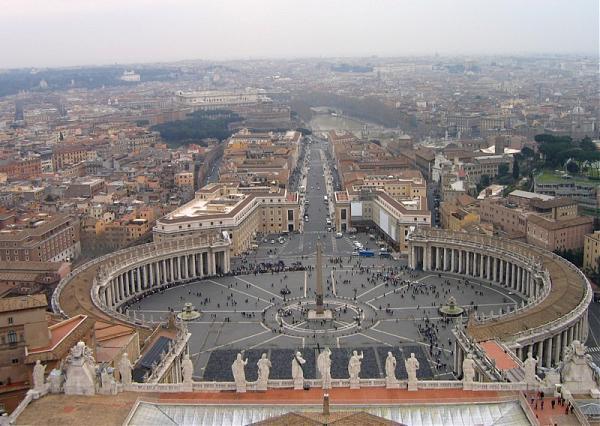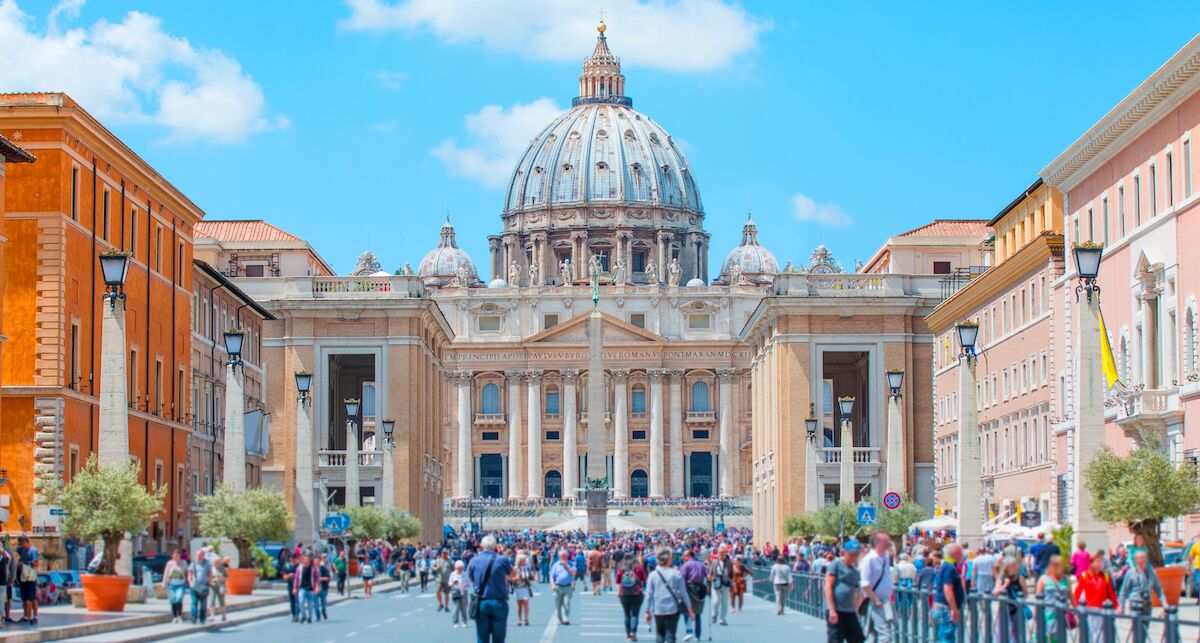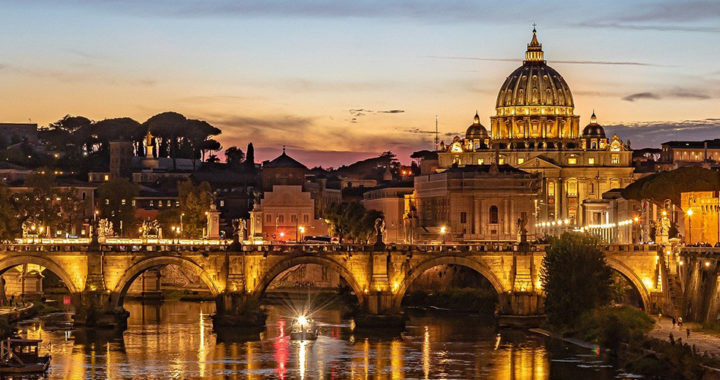The economy of Vatican City is mainly supported financially by the sale of stamps, coins, medals, and tourist mementos as well as fees for admission to museums and publication sales. Vatican City employed 4,822 people in 2016.
The Vatican City receives subsidies from the Italian state, which include the water supply free of charge, tax exemptions and other kinds of dedicated public funding.
Vatican City issues its own coins and stamps. It has used the euro as its currency since 1 January 1999, owing to a special agreement with the European Union (council decision 1999/98). Euro coins and notes were introduced on 1 January 2002—the Vatican does not issue euro banknotes. Issuance of euro-denominated coins is strictly limited by treaty, though somewhat more than usual is allowed in a year in which there is a change in the papacy. Because of their rarity, Vatican euro coins are highly sought by collectors.
Key statistics
- Budget
- revenues: €770 million (2021)
- expenditures: €803 million (2021)
- deficit: €33m (2021)
- Industries
Printing and production of a small amount of mosaics and staff uniforms; worldwide banking and financial activities.
- Electricity – production
442 MWh (2010) from solar panels.
- Electricity – imports
Electricity supplied by Italy.
- Currency
Euro (since 2002). Vatican City depends on Italy for practical production of banknotes, stamps and other valuable titles. Owing to their rarity, Vatican euro coins are sought by collectors.
The fiscal year is the calendar year.
See also
- Secretariat for the Economy
- Index of Vatican City-related articles
- Philatelic and Numismatic Office of the Vatican City State
- Vatican euro coins
Notes
References
- This article incorporates public domain material from The World Factbook (2025 ed.). CIA. (Archived 2013 edition.)




